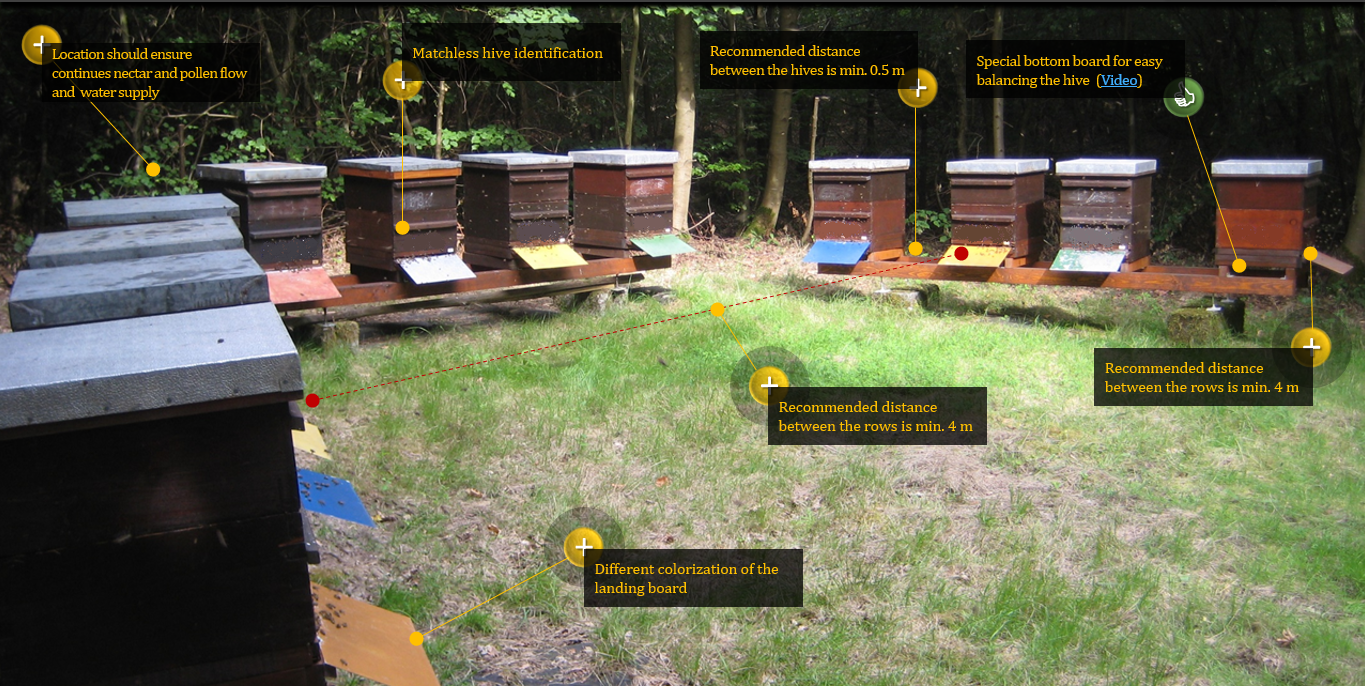Testing of colony performance should preferably be implemented under representative local conditions. Constant nectar and pollen availability for the test colonies is the basic requirement for selection of the location. In addition, the location should ensure water accessibility for the colonies, minimum exposure to stress factors (intensive agricultural or industrial operations, high density with colonies etc.) and easy accessibility for the beekeeper. During the testing migratory operations are acceptable, as long as all colonies from a single apiary are moved together.
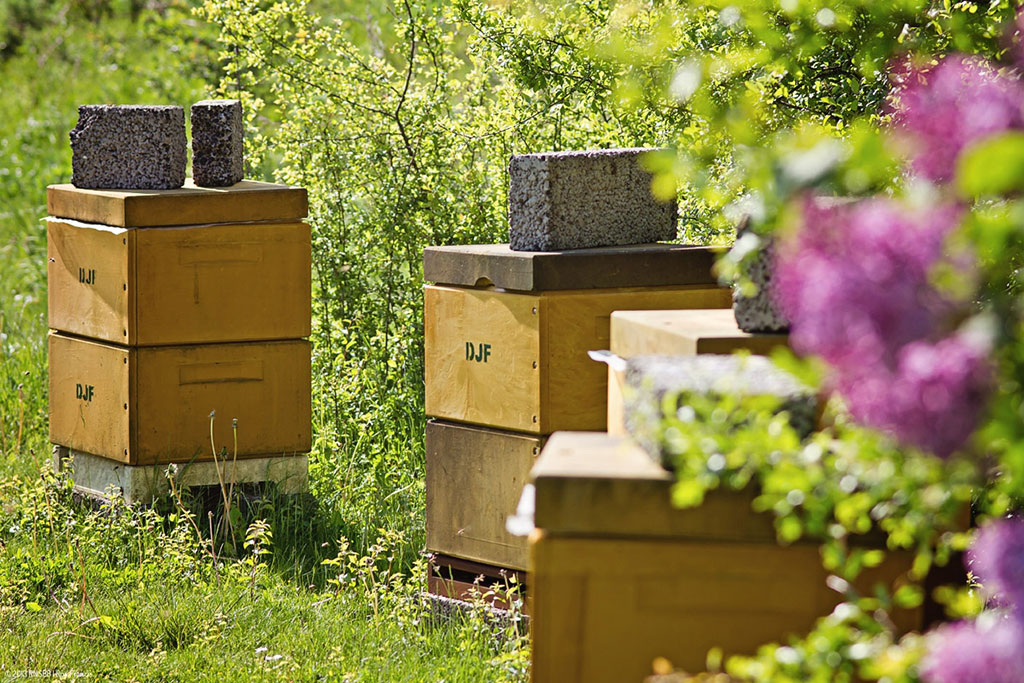
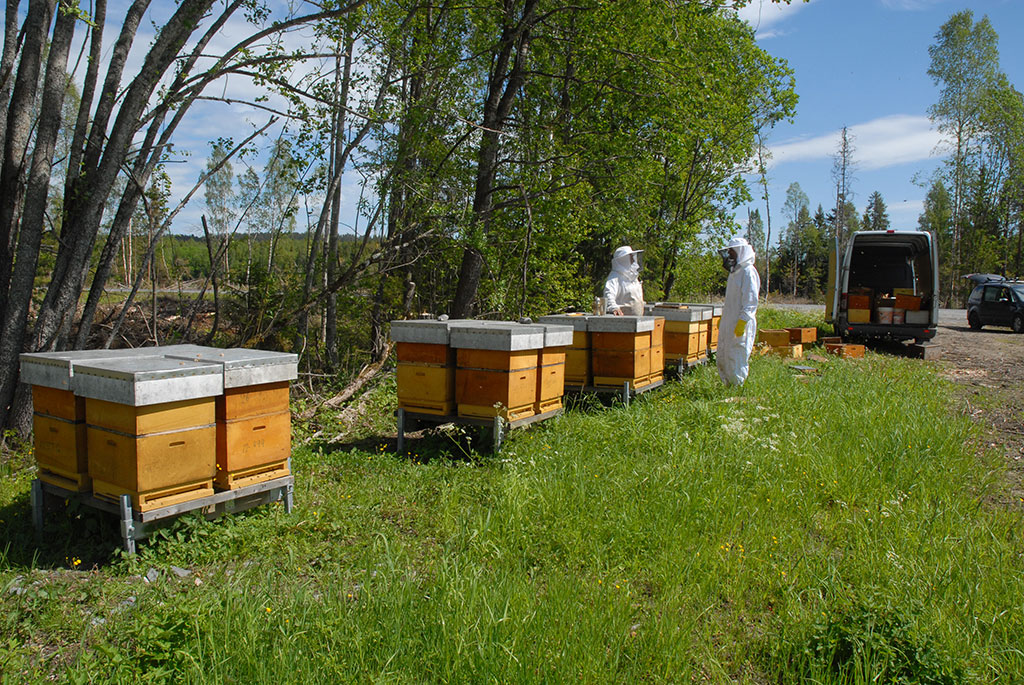
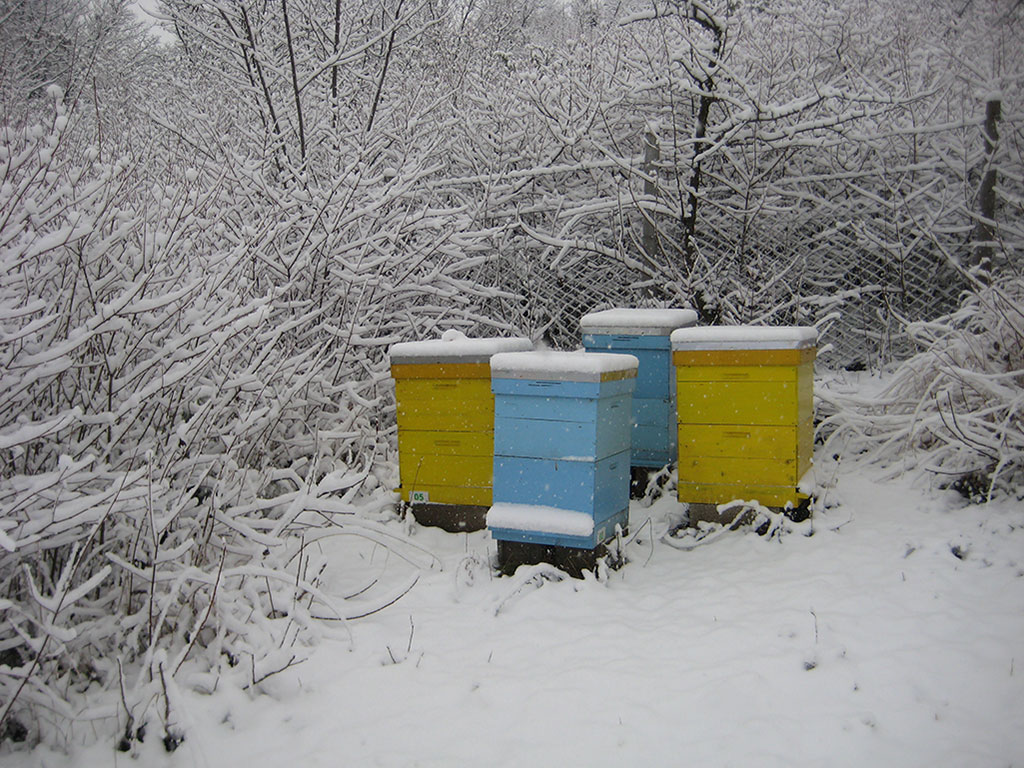
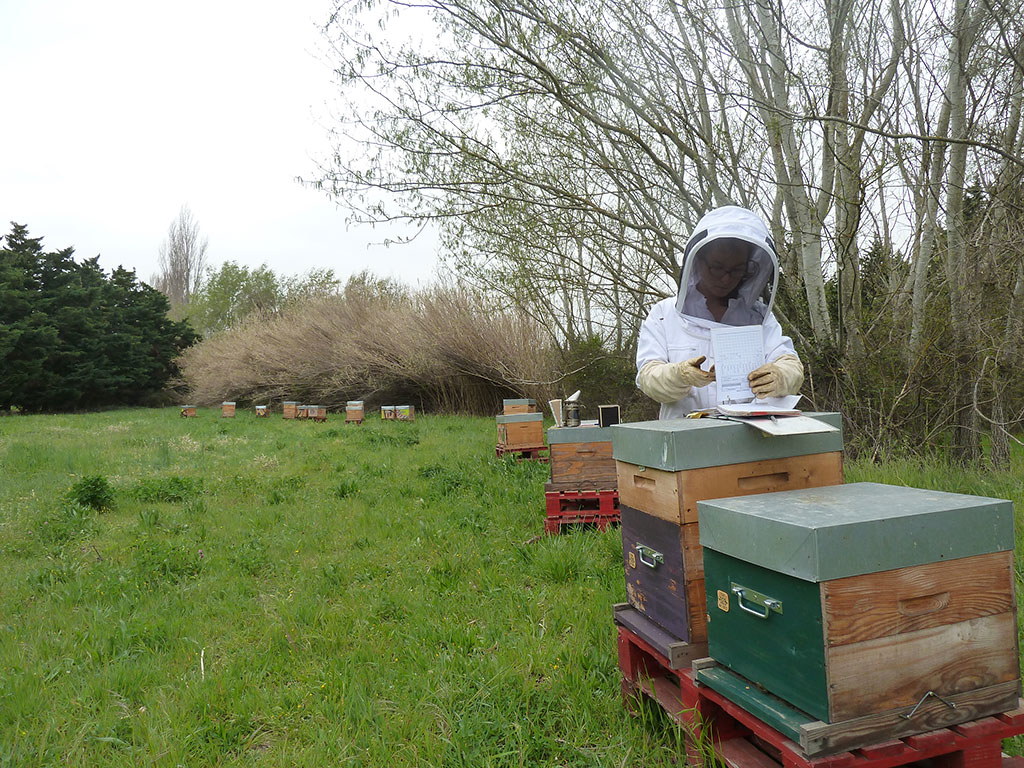
The number of test colonies per test station (apiary) is flexible and depends on the local conditions and the beekeeper’s possibilities. The recommended number of test colonies per station ranges from 10 to 20. Due the queens supersedure, swarming and colony losses the recommended number of colonies will ensure sufficient number of survived and assessed colonies throughout a single season. The limitations are based on the required data volume for statistical analysis and optimization of the beekeepers’ contribution.
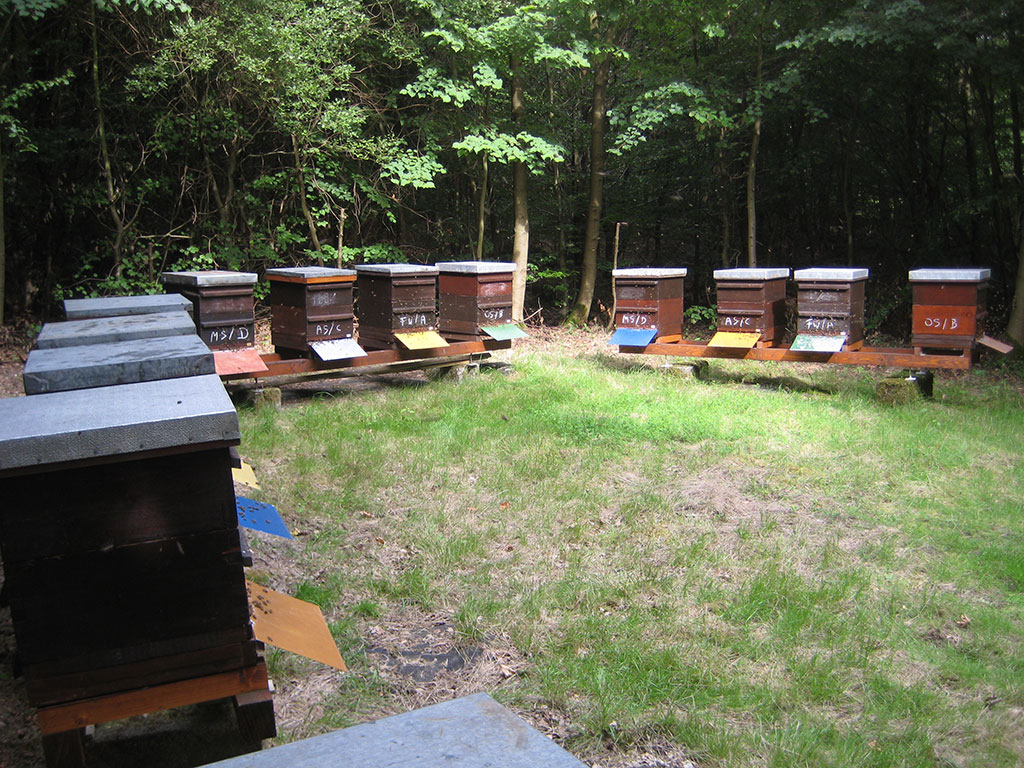
Comparison of colonies with queens from different origin is the essence of any honey bee breeding model. At least 3 groups of queens from different genetic origin should be present at each test station (if it is available, one group of queens should originate from the breeder’s population). Each group consists of sister queens, preferably reared in the same series and mated under the same conditions. Each queen should be individually marked by colour or plate and registered by its unique breeding number (consisting of codes for the region, breeder, date of birth etc.) which will ensure essential matchless identification and system recognition.

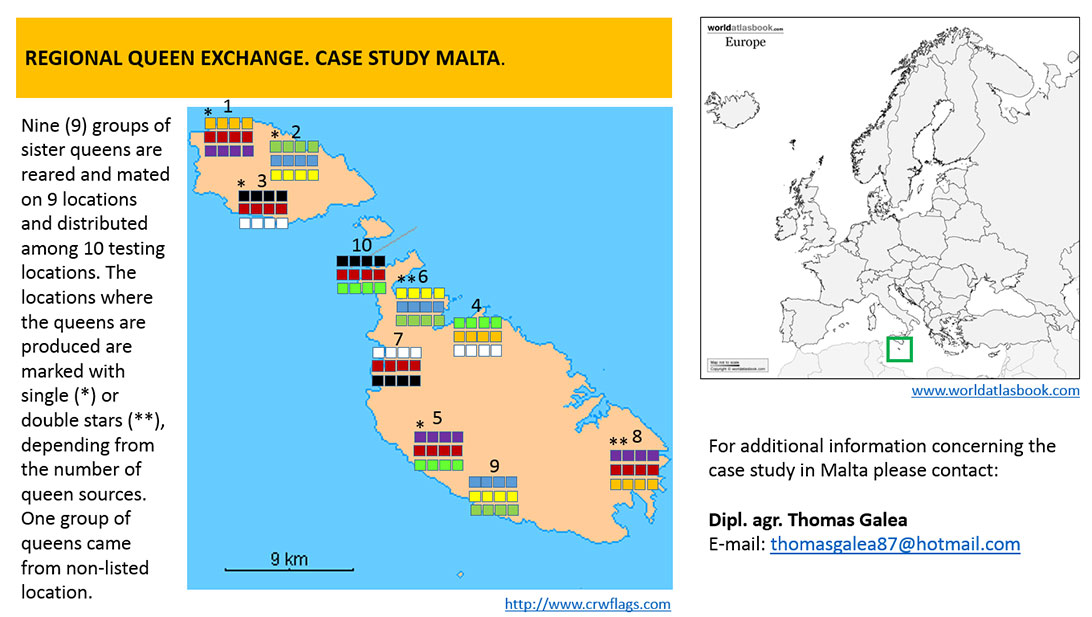
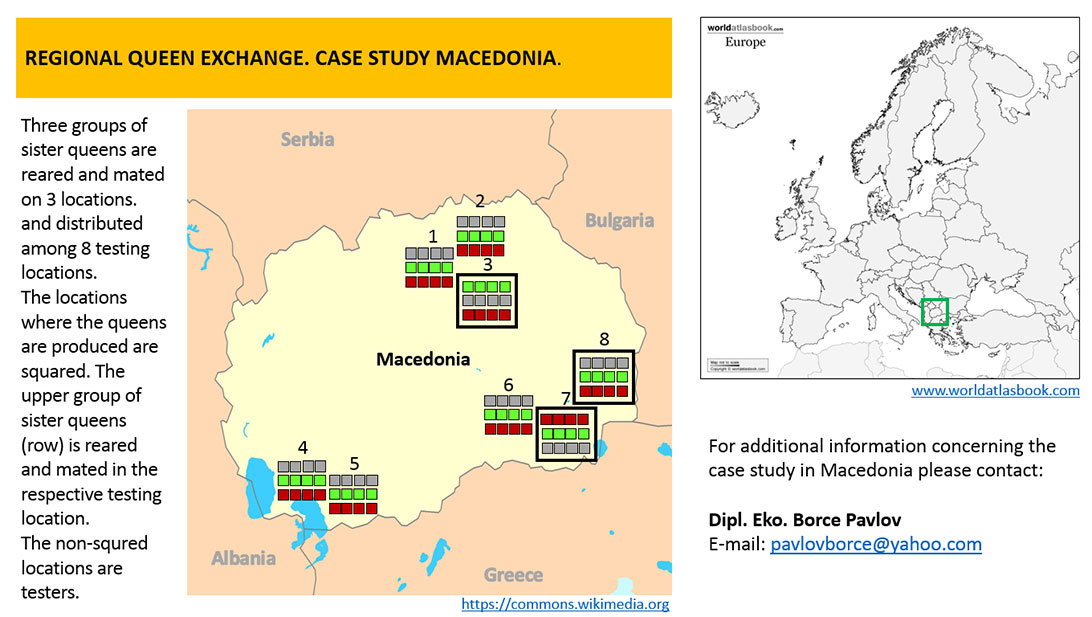
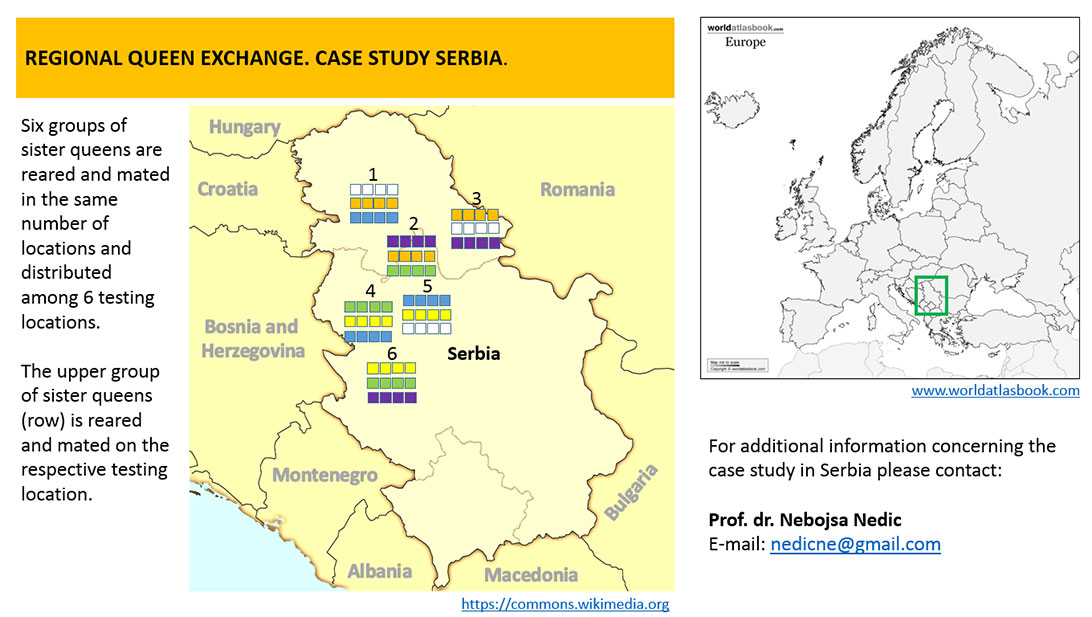
To ensure equal opportunities for objective comparison of the test colonies the queens from the different sister groups have to be randomly distributed within the testing station.
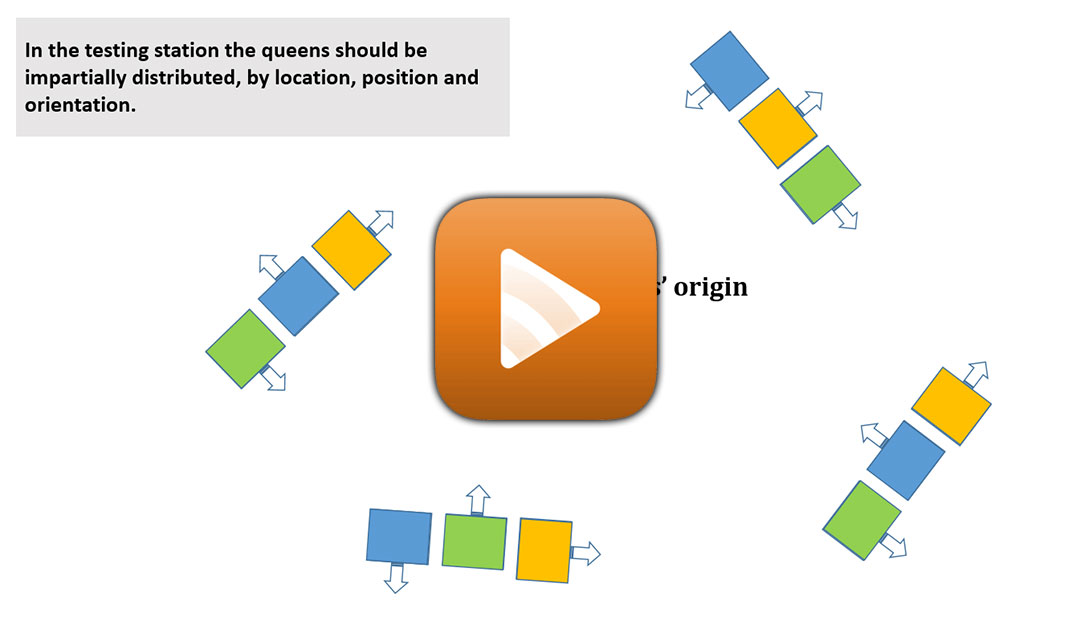
Random orientation of the hives’ entrances and their different coloration additionally will improve the objectivity and will reduce drifting.
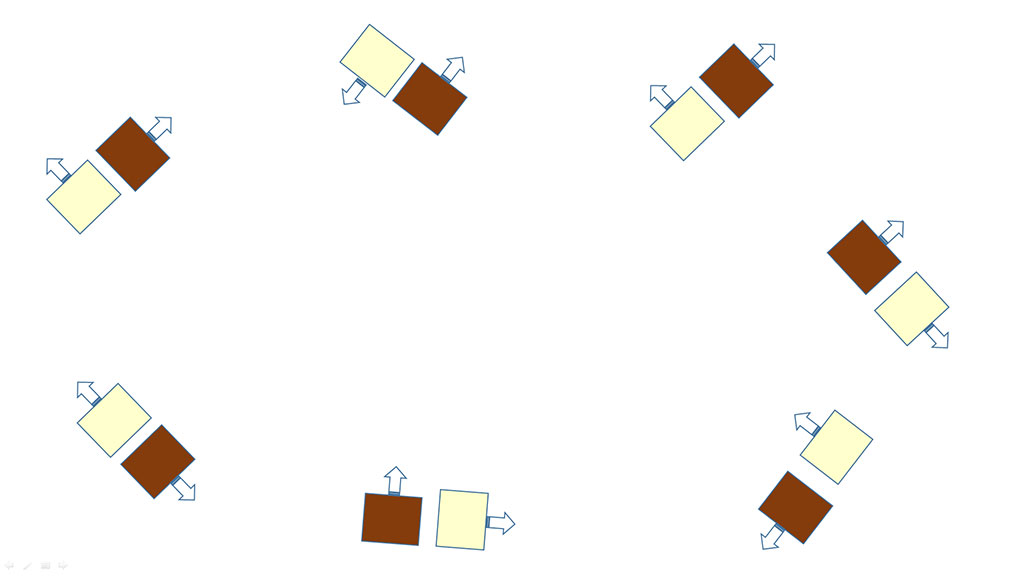
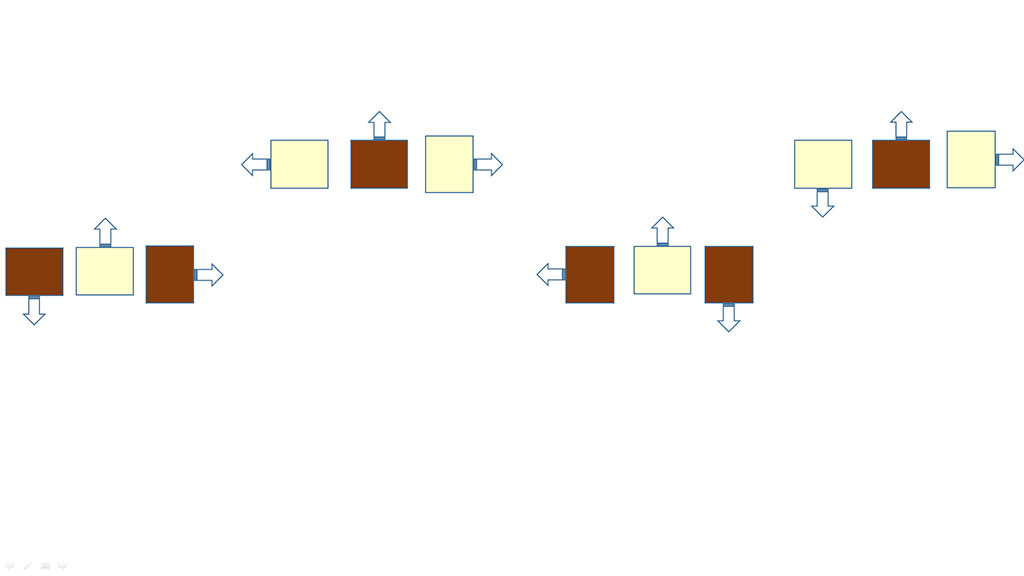
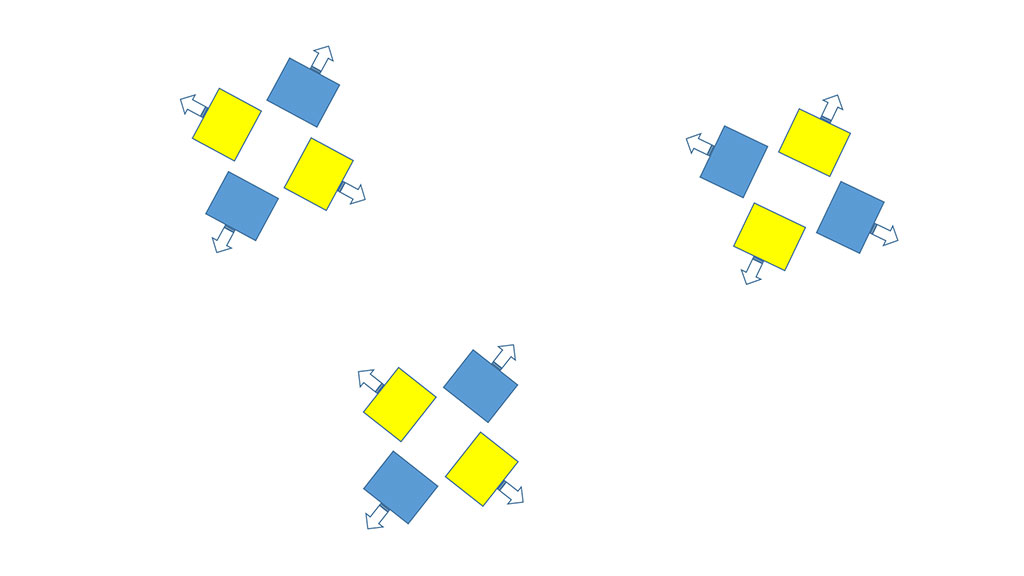
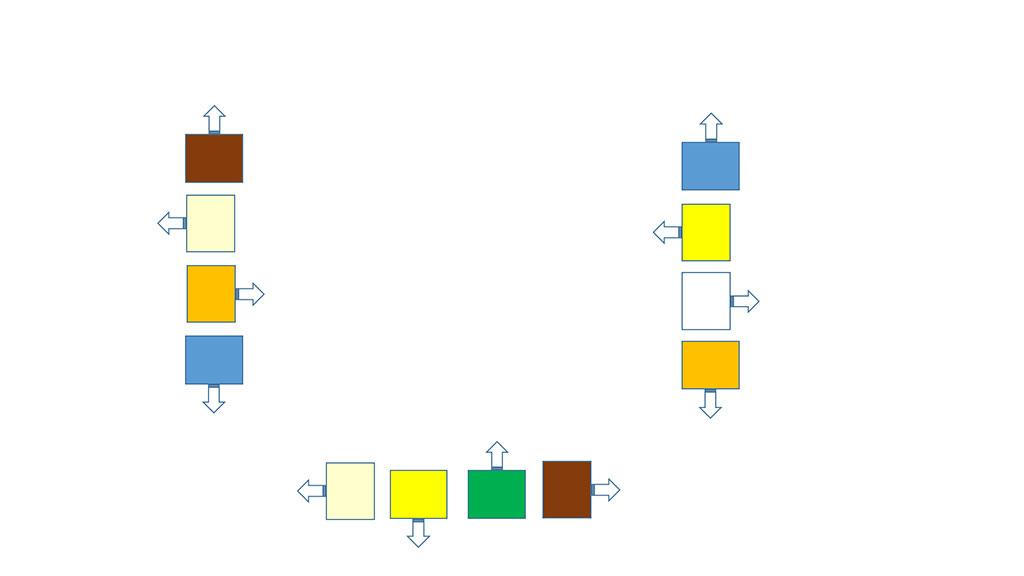
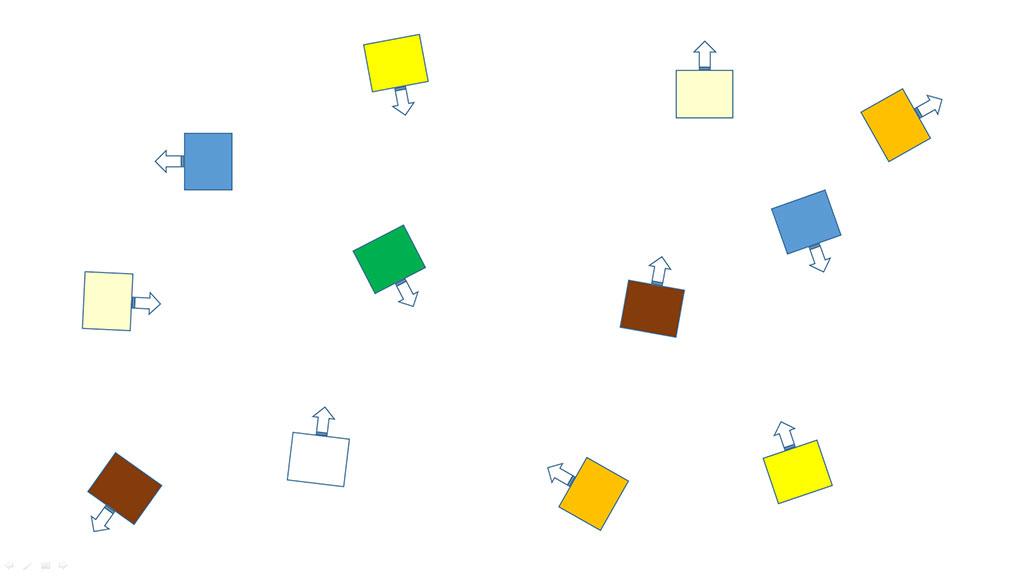
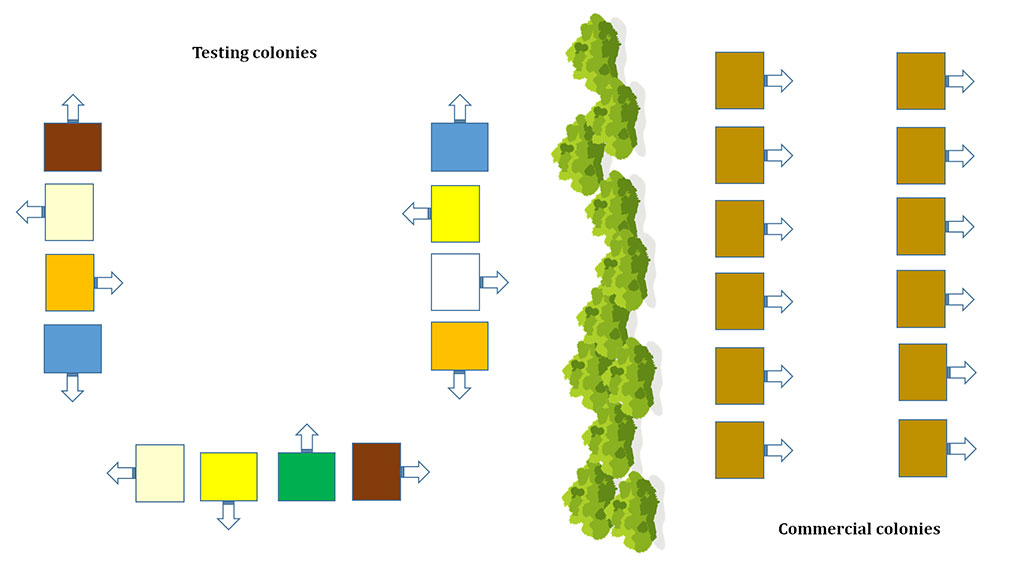
Usage of local or commonly known hive types with movable parts and their adequate individual identification is a minimum requirement for implementation of performance testing. Furthermore, it is obligatory that in the single testing station the hives should belong to the same type. For assessment of the natural mite fall screened bottom boards are required.
